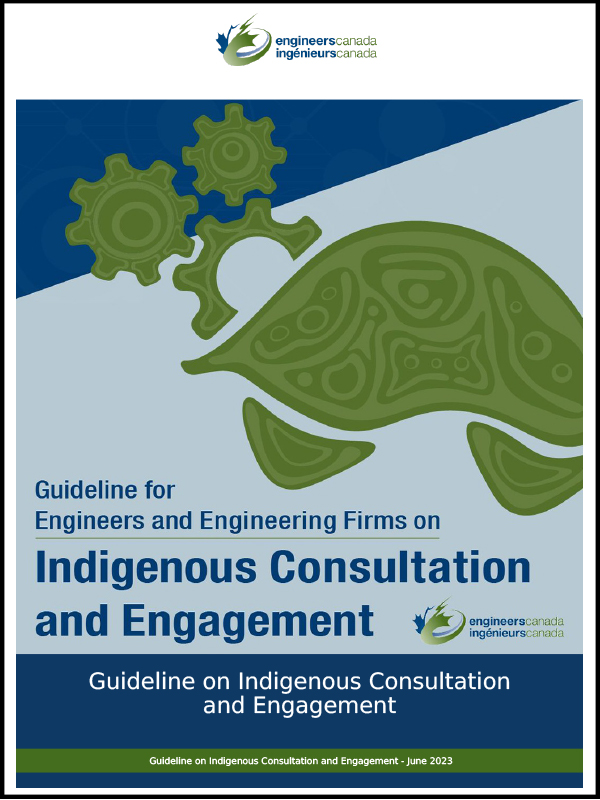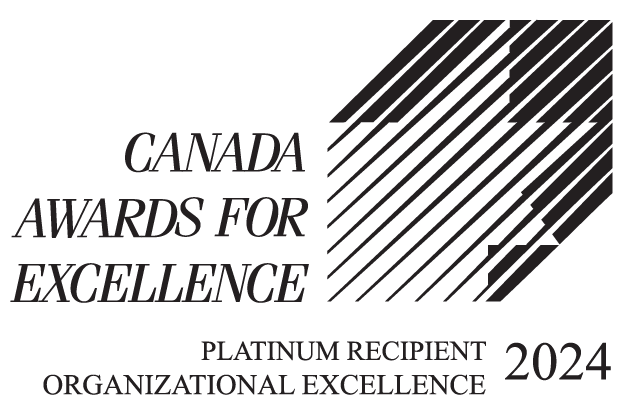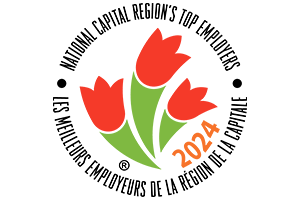
Purpose and content of the guideline
Engineers play a role in serving society through application of engineering principles to improve our communities while holding paramount the protection of the public. In order to serve communities appropriately, Engineers must have an understanding of their values, goals, priorities, and context. Within this context, there are many cases where inadequate or non-existent consultation and engagement practices with Indigenous communities have caused or perpetuated harms.
The motivations for developing this guideline are drawn from this recognition as well as from pivotal works of reflection, truth telling, and appeals for action, such as the Royal Commission on Aboriginal People (RCAP), the Truth and Reconciliation Commission’s (TRC) Calls to Action, the Missing and Murdered Indigenous Women and Girls (MMIWG) Calls for Justice, and the United Nations Declaration on the Rights of Indigenous Peoples (UNDRIP). The act of reconciliation is defined by the TRC as:
Establishing and maintaining a mutually respectful relationship between Aboriginal and non-Aboriginal peoples in this country. In order for that to happen, there has to be awareness of the past, an acknowledgement of the harm that has been inflicted, atonement for the causes, and action to change behaviour.
This guideline reflects Engineers Canada’s desire to strengthen relationships and to contribute to improved community outcomes and collective healing. Relationship building goes beyond engineering projects. The content of the guideline, and the conversations it initiates, are intended to empower the user to practice engagement with humility and empathy.
Key considerations for Indigenous consultation and engagement
This quick guide outlines the guideline’s focus on building respectful, reciprocal relationships that go beyond legal obligations, aligning with professional ethics and reconciliation efforts.


